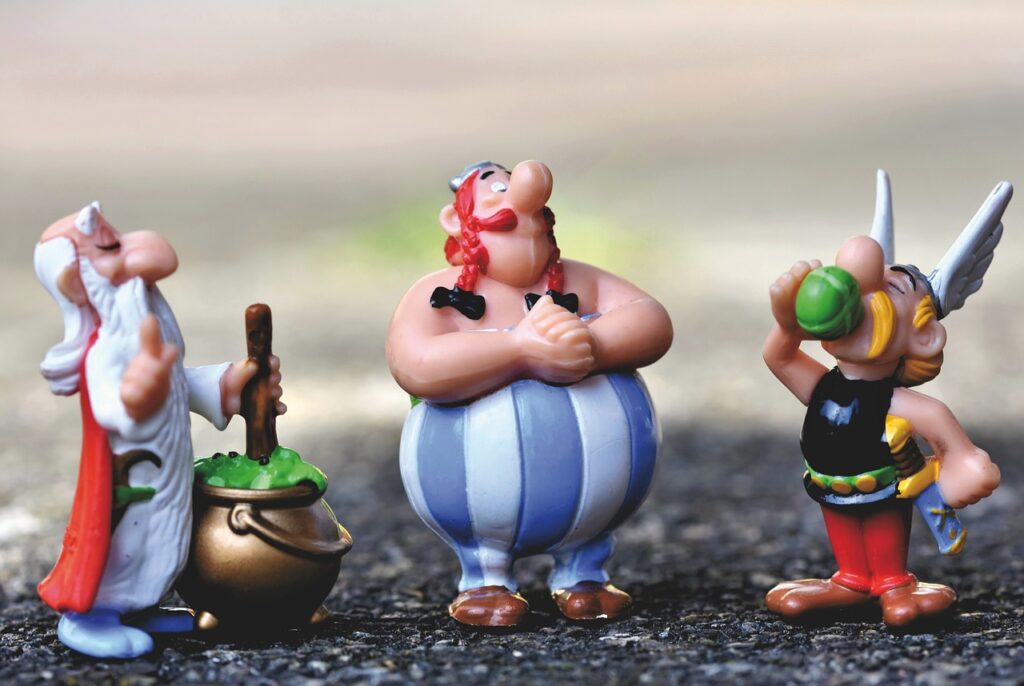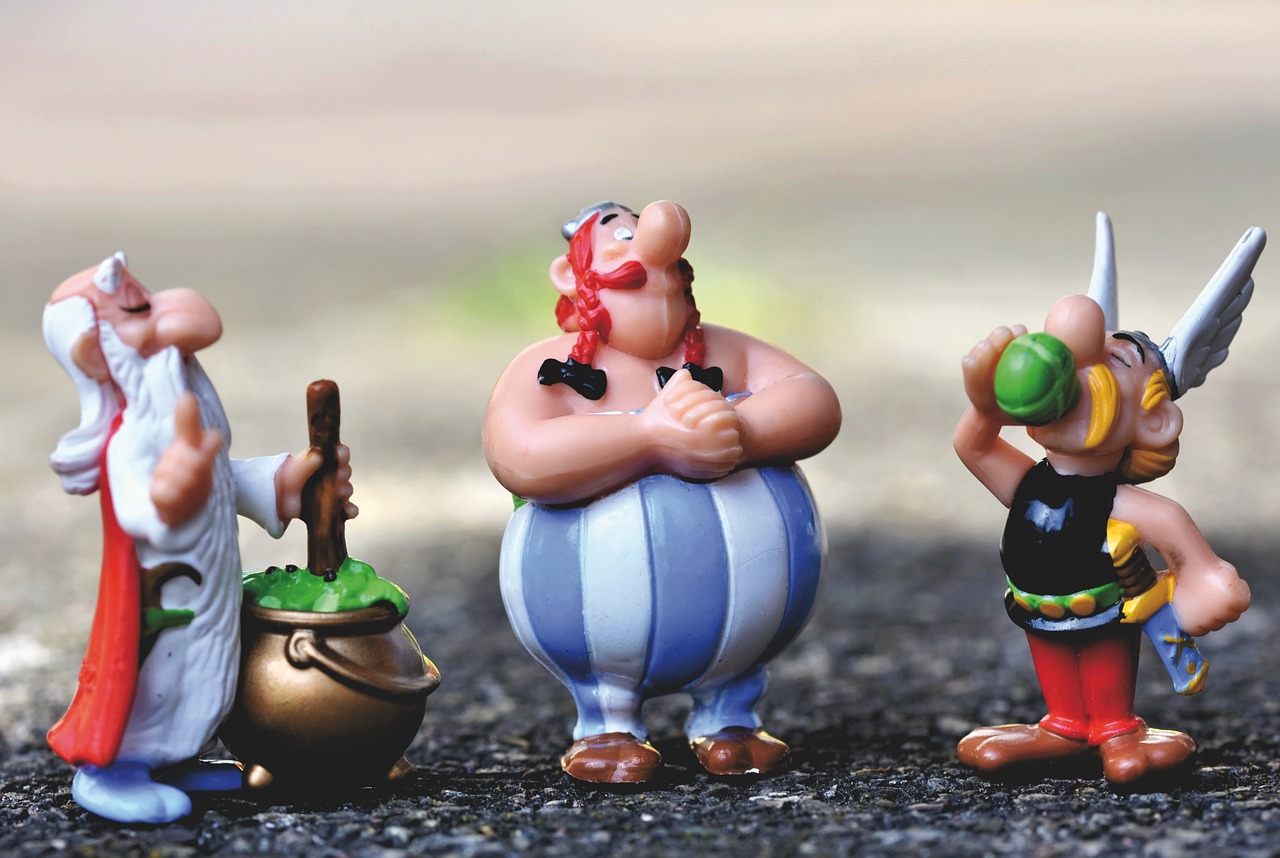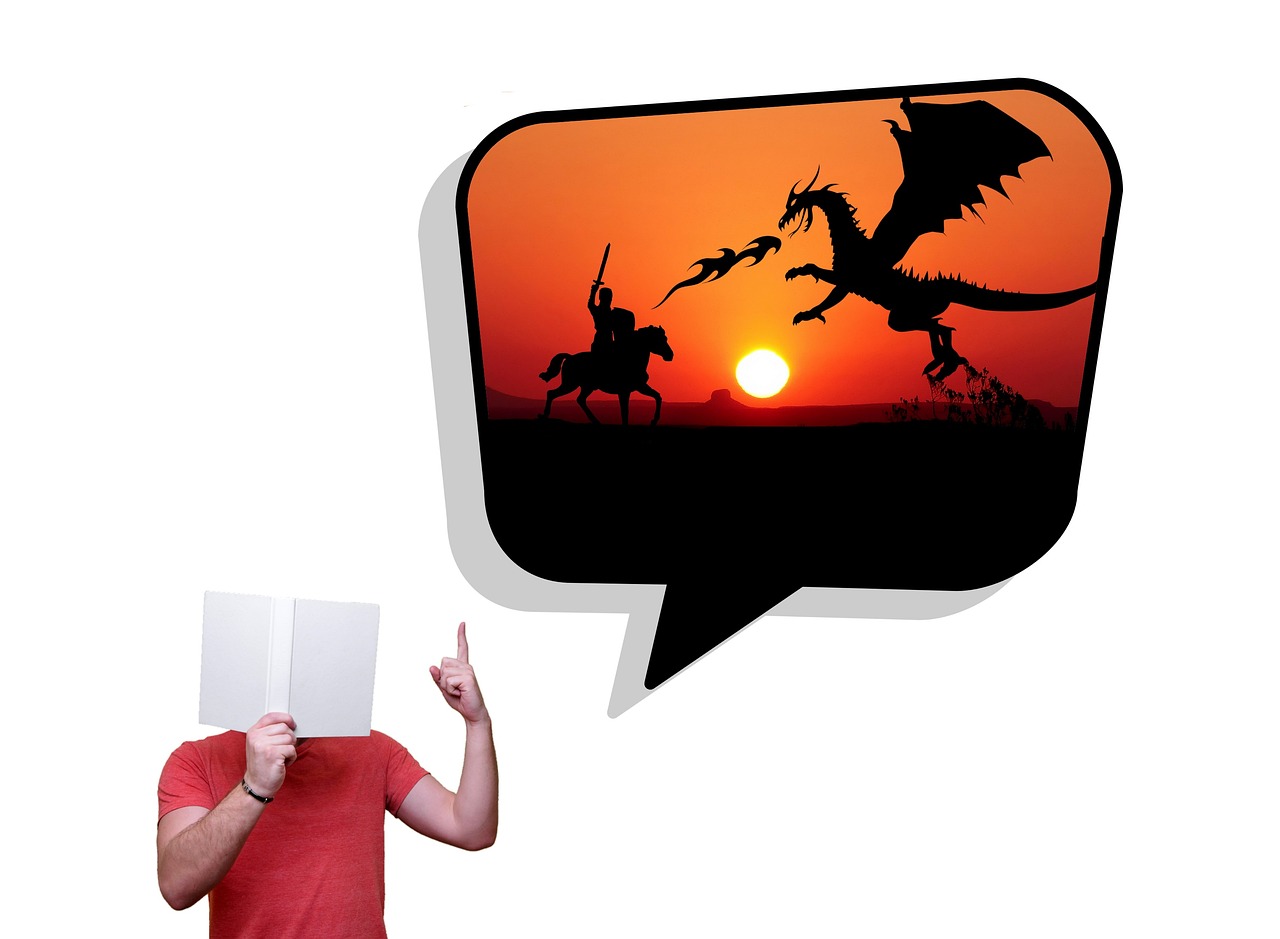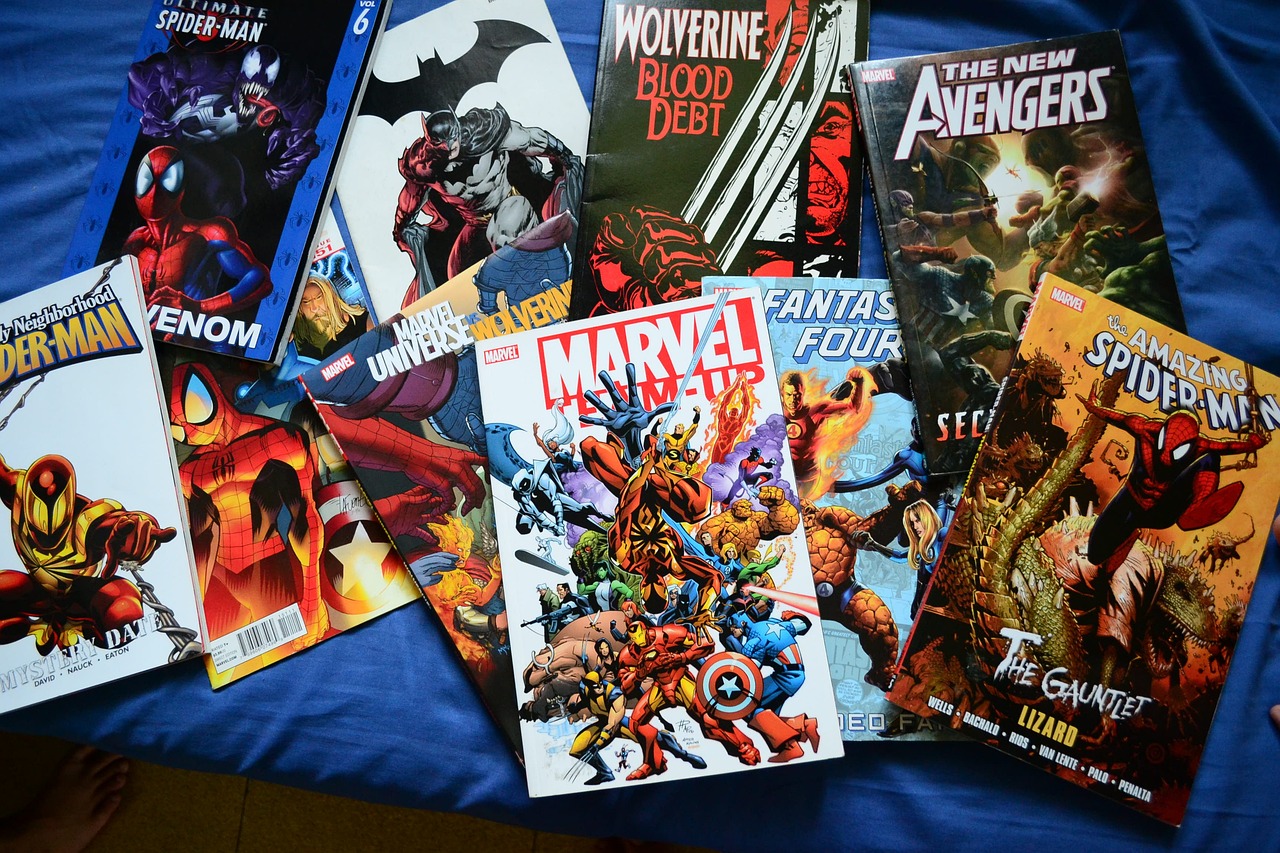If you’re a fan of comic books, you know the power of representation. Seeing yourself reflected in the pages of your favorite title can be a powerful experience. But representation goes beyond just feeling seen. It can have a tangible impact on marginalized groups, improving their self-esteem and sense of belonging.
That’s why diversity and inclusion in comics is so important. In this article, you’ll explore the ways in which representation can impact marginalized communities. You’ll learn about the challenges faced by the comic book industry in becoming more diverse, and discover examples of comics that are leading the way in inclusive storytelling.
By the end, you’ll have a better understanding of the power of representation in comics, and why it’s so essential for the industry to continue striving for greater diversity and inclusion.
The Impact of Representation on Marginalized Groups
You may not realize it, but representation in comics can have a powerful impact on marginalized groups, giving them a voice and a sense of belonging that they may not have had before.
Intersectionality in comics has been a growing trend, with more diverse characters and stories being introduced. This shift has been empowering for many marginalized groups, including women, people of color, and members of the LGBTQ+ community.
When marginalized groups see themselves represented in comics, it can be a validating experience. It can provide a sense of visibility and recognition that may have been lacking before.
Additionally, representation can also help to break down stereotypes and promote understanding between different groups. Comics have the ability to reach a wide audience, making them a powerful tool for promoting diversity and inclusion.
By empowering marginalized voices, comics can help to create a more just and equitable society.
The Importance of Inclusive Storytelling in Comics
When crafting a comic book story, it’s vital to consider the perspectives and experiences of a diverse range of individuals to ensure an inclusive narrative. As a creator, you have a creative responsibility to accurately represent underrepresented groups and to approach their stories with cultural sensitivity.
This means conducting research, consulting with individuals from those communities, and being mindful of potential stereotypes or harmful tropes.
Inclusive storytelling in comics not only benefits marginalized groups but also enriches the overall storytelling experience. When characters and storylines accurately reflect the diversity of our world, readers can see themselves and their struggles represented in these stories.
This creates a sense of validation and empathy, which can lead to greater understanding and acceptance of different cultures and perspectives. Inclusive storytelling in comics is not just a moral obligation, but also a way to create more compelling and authentic narratives.
Challenges Faced by the Comic Book Industry in Becoming More Diverse
Despite efforts to broaden the perspectives represented in comic book stories, the industry still faces significant obstacles in achieving true inclusivity.
One of the major challenges is the lack of diversity in the industry itself. While there has been progress in recruiting efforts to bring in more diverse writers and artists, the industry standards and gatekeeping practices can still create barriers for marginalized creators. This can include biases in hiring and promotion, as well as a lack of opportunities for creators from underrepresented backgrounds.
Another challenge is the resistance from certain segments of the fanbase who may feel threatened by the introduction of more diverse characters and storylines. This can lead to backlash and even harassment of creators who dare to challenge the status quo.
In order for the comic book industry to truly become more inclusive, it will require a concerted effort from all stakeholders, including publishers, creators, and fans. This includes not only diversifying representation in comics, but also addressing systemic issues within the industry itself. Only then can the industry truly reflect the diversity of its readership and the world at large.
Examples of Diverse and Inclusive Comics
One way to explore the varied perspectives represented in comic book stories is by delving into titles such as ‘Mooncakes,’ ‘Bingo Love,’ and ‘Ms. Marvel,’ which feature diverse characters and tackle social issues. These comics have gained popularity due to their unique and relatable characters, their creative teams’ dedication to creating authentic representations, and their fandom’s enthusiastic response.
In addition to their cultural impact, these comics have also been successful in terms of their sales data, critical reception, and awards recognition. They’ve proven that diversity and inclusion can be profitable and embraced by a wider audience. The marketing strategies surrounding these titles have also been innovative, with social media presence and merchandise opportunities expanding their reach to new audiences.
Overall, these comics showcase the power of representation in the comic book industry and set a precedent for future works to follow.
The Future of Representation in Comics
Looking ahead, it’s clear that the comic book industry must continue to prioritize the amplification of marginalized voices and perspectives in order to remain relevant and engaging to a wider audience.
As technology advances, the possibilities for diverse representation in comics are expanding. Digital comics, for example, provide a platform for creators who may not have had access to traditional publishing avenues. Additionally, advancements in animation and virtual reality could allow for even more immersive and inclusive storytelling experiences.
At the same time, the audience for comics is evolving. Younger generations are increasingly diverse and eager for representation that reflects their experiences.
As the industry adapts to these changes, it will be essential for creators and publishers to be mindful of the need for diverse representation. This means not only including characters from underrepresented groups, but also ensuring that their stories are told with care and respect.

Ultimately, the future of representation in comics will depend on the industry’s ability to listen to and center the voices of those who have been historically excluded.
Frequently Asked Questions
How do comic book creators ensure their representation of marginalized groups is accurate and respectful?
To ensure accurate and respectful representation of marginalized groups, comic book creators should undergo sensitivity training and seek community feedback. This allows them to learn about diverse experiences and perspectives, and avoid harmful stereotypes or cliches.
What are some common stereotypes or harmful tropes that marginalized groups face in comics, and how can they be avoided?
To avoid harmful stereotypes and promote positive representation, creators must avoid tropes like the “Magical Negro,””Dragon Lady,”or “Gay Best Friend.”Research and consult with diverse communities to ensure authentic portrayal of marginalized groups.
How can readers support and promote diverse and inclusive comics, beyond just purchasing them?
You can support and promote diverse and inclusive comics by engaging with the community, sharing and recommending them to others, and collaborating with marginalized creators. It’s not just about purchasing, but actively advocating for representation.
What steps can the comic book industry take to address its historical lack of diversity and inclusion?
The comic book industry has a responsibility to address its historical lack of diversity and inclusion. This can be achieved by providing creative freedom to diverse creators and characters, and actively seeking out and promoting underrepresented voices.
How can the comic book industry ensure that diverse and inclusive stories are given equal marketing and promotional support compared to more mainstream titles?
To ensure diverse and inclusive stories receive equal promotional support, the comic book industry can implement inclusive marketing strategies, collaborate with underrepresented communities, prioritize diverse creators, and showcase diverse characters in mainstream titles.
Conclusion
Congratulations, you’ve just learned about the power of representation in comics and the importance of diversity and inclusion in storytelling.
As you’ve discovered, representation has a significant impact on marginalized groups and can help create a more inclusive society. Comics have the potential to inspire and empower readers from all walks of life by showcasing diverse characters and storylines.
While the comic book industry still faces challenges in becoming more diverse, there are many examples of comics that are leading the way in inclusive storytelling. As a reader, you have the power to support these works and demand more representation in the media you consume.
With your help, the future of representation in comics looks bright and promising. Keep reading, keep learning, and keep pushing for a more inclusive world.










